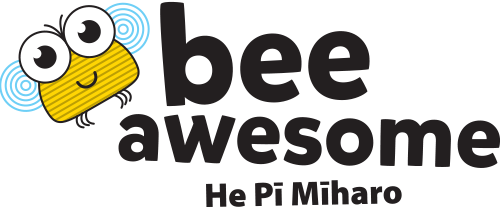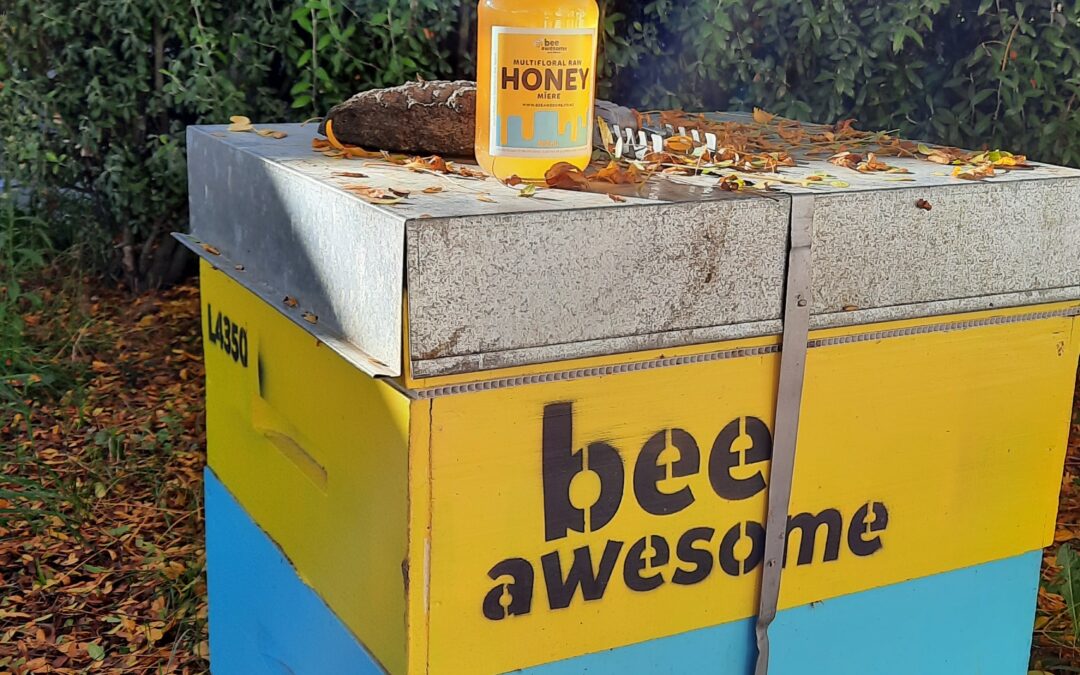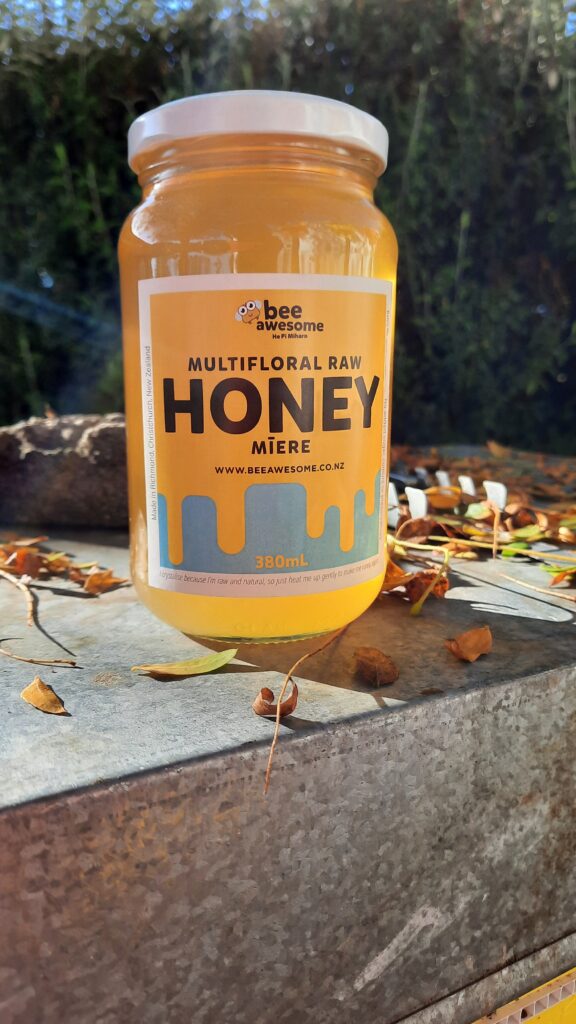
Our raw honey is the purest form of honey you can buy here in Aotearoa. We take it straight from the honeycomb in its most natural form and it is not over-processed or pasteurised.
Our raw honey can be used as a delicious spread on toast or as a key ingredient to more creative recipes — click here for some great honey recipes.
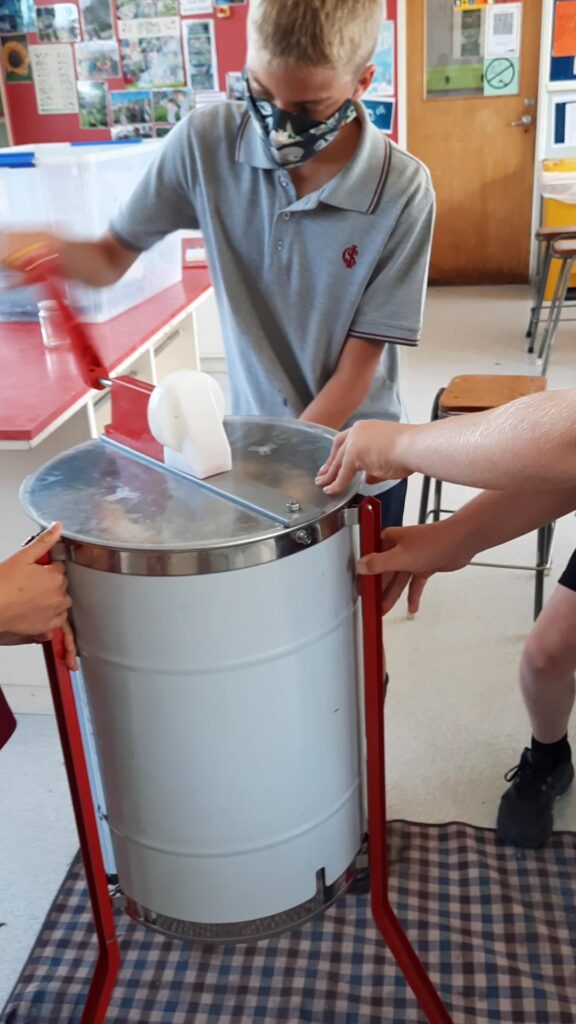
What is the Pasteurisation Process of Normal New Zealand Honey?
Unless the honey you buy is specifically labelled as ‘raw’, honey off the shelf has typically been pasteurised. Which means the honey has been heated to high temperatures (often to 70°c or more) to destroy any yeasts that may be present. The honey is then rapidly cooled and filtered for bottling. Filtering is done to remove foreign matter not naturally part of honey. However, over-filtering also removes the natural nutrients and components in honey such as bee pollen (which is considered to be one of nature’s superfoods).
Although pasteurisation makes the honey easier for bottling and makes it look smoother, this process kills the beneficial bacteria and enzymes that naturally occur in honey. Natural nutrients such as vitamins, antioxidants, and minerals are also damaged by the high heat of the pasteurisation process.
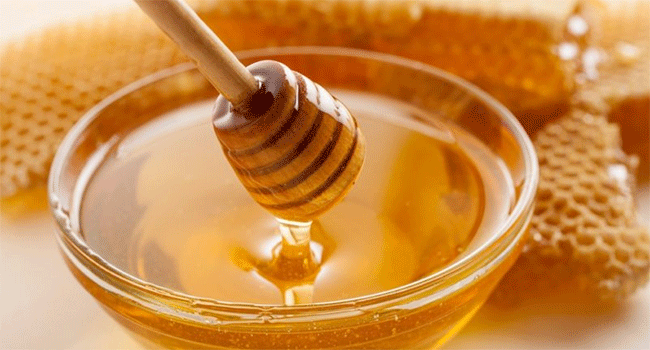
The majority of honey packers process their product by creaming the honey. This process involves using crystallizing or creaming machines which operate for 2 to 3 days and change the composition of the crystals naturally occurring in the honey. It also adds air and possibly moisture.
It is important to note that honey does not need to be pasteurised to make it safe to eat.
In order to be classified as ‘raw’, our honey is not overheated during the production or storage processes and is not pasteurised. Our raw honey has more flavour, maintains its natural integrity, and will naturally granulate so you may have to heat it up gently to make it runny again. (click here to purchase some of our raw honey and support our social enterprise)

Are you interested in having a beehive at your school and learning all about how to save the bees? Click here.
